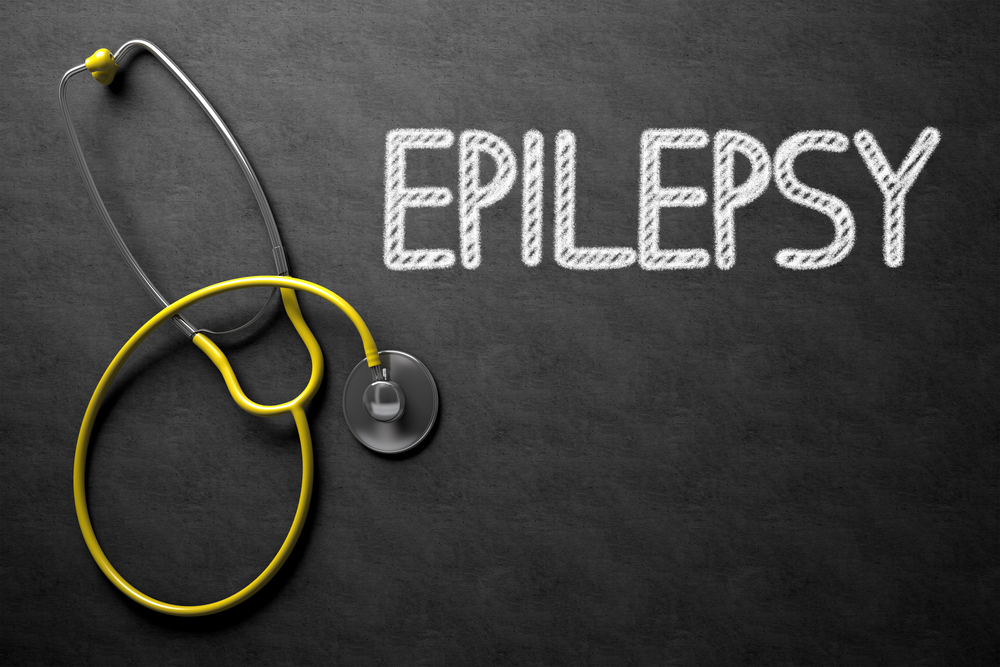Epilepsy is currently defined by the NHS as “a common condition that affects the brain and causes frequent seizures”. There are many types of seizure, and they are caused by a sudden burst of excess electrical activity in the brain. This causes a temporary disruption to the normal message passing between brain cells and results in the brain’s messages becoming halted or mixed up.
The brain is responsible for all the functions of your body, and everyone’s brain is slightly different. So what you experience during a seizure is unique to each person. It will depend on where in your brain the epileptic activity begins and how widely and rapidly it spreads. For this reason, there are many different types of seizures and each person will experience epilepsy in a way that is unique to them.
Seizures are not just a result of epilepsy, they can be as a result of things like a head injury, a diabetic with low blood glucose or alcohol poisoning. There are two groups of seizures, which depends on where in the brain it originates from. There are generalised seizures, which is where a large area of the brain is affected. The other kind of seizure is a focal seizure, which is where the abnormal electrical activity starts in a specific place in the brain.
Some facts about epilepsy:
- There are around 40 different types of seizures and a person may have more than one type.
- Epilepsy can affect anyone, at any age and from any walk of life.
- 456,000 or one in every 131 people in the UK have epilepsy.
- Epilepsy is a neurological condition.
- Only 52 percent of people with epilepsy in the UK are seizure-free.
- It is estimated that 70 percent could be seizure-free with the right treatment.
- One in 20 people will have a single seizure at some time in their life.
- Many people who develop epilepsy below the age of 20 will ‘grow out of it’ in adult life.
- In the UK, people who have been seizure-free for a year can re-apply for their driving license.
- Sudden Unexpected Death in Epilepsy (SUDEP) is the explanation for 500 deaths per year in the UK.
- Each year 2,500 women with epilepsy in the UK have a baby.
Many people with epilepsy are still discriminated against due to ignorance about the condition. In the UK, the Disability Discrimination Act covers people with epilepsy. The vast majority of people with epilepsy can take part in the same activities as everyone else, with the help of simple safety measures where appropriate.
Symptoms of a Seizure
- Sudden loss of responsiveness or consciousness
- Rigid body with an arched back
- Noisy difficult breathing
- Convulsions
- Sometimes they lose bladder control
- Afterwards, they may fall into a deep sleep.
The following gives a typical description of a seizure:
A tonic-clonic seizure is the most common type of generalised seizures. Your body becomes rigid due to strong muscular contractions (the tonic part). You lose consciousness and fall. Your chest muscles contract and force air out of your mouth, often with a grunt. Your jaw muscles contract and you may bite your tongue. Saliva may escape from your mouth. Your bladder may contract and you may pass urine. This stiff or tonic phase soon passes into the clonic (shaking or convulsive) phase. This is when the muscles repeatedly contract and relax. Your whole body appears to shake. This may last from a few seconds to a few minutes.
When the seizure has stopped, you gradually regain consciousness, but you may be confused and dazed for a while. The time taken to recover varies. You may have some soreness due to the muscular contractions and you may have a headache and want to sleep after a seizure.
You may have some warning symptoms for a short while before a seizure. This is called an aura. The aura can take various forms – for example, odd movements, odd sensations, or intense emotions. However, many people do not have auras, and a seizure commonly occurs without any warning.
DO NOT PUT ANYTHING IN THE MOUTH OF SOMEONE HAVING A SEIZURE. IT WILL DAMAGE THEIR MOUTH AND CAUSE THEM MORE PROBLEMS.
For more information on training courses, visit our “Courses” page which also includes our First Responder and First Person on Scene (FPOS) Courses.

